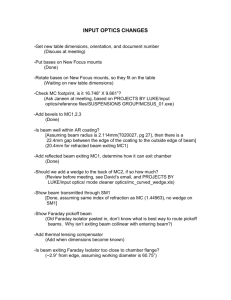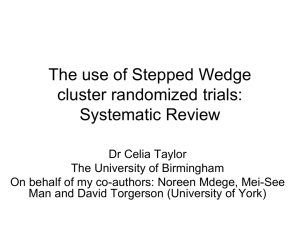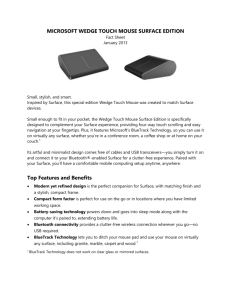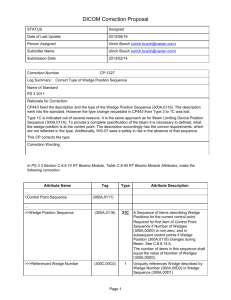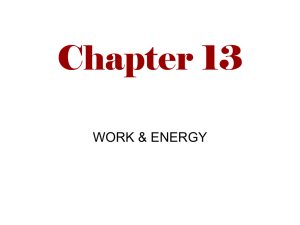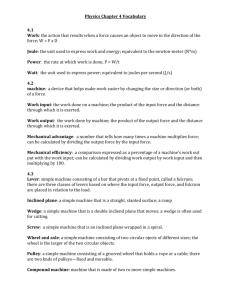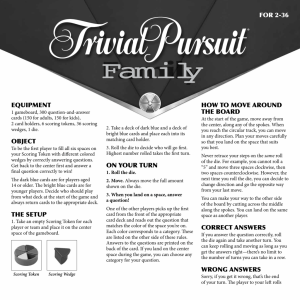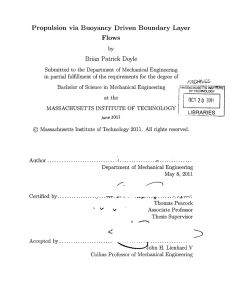Friction2-test
advertisement
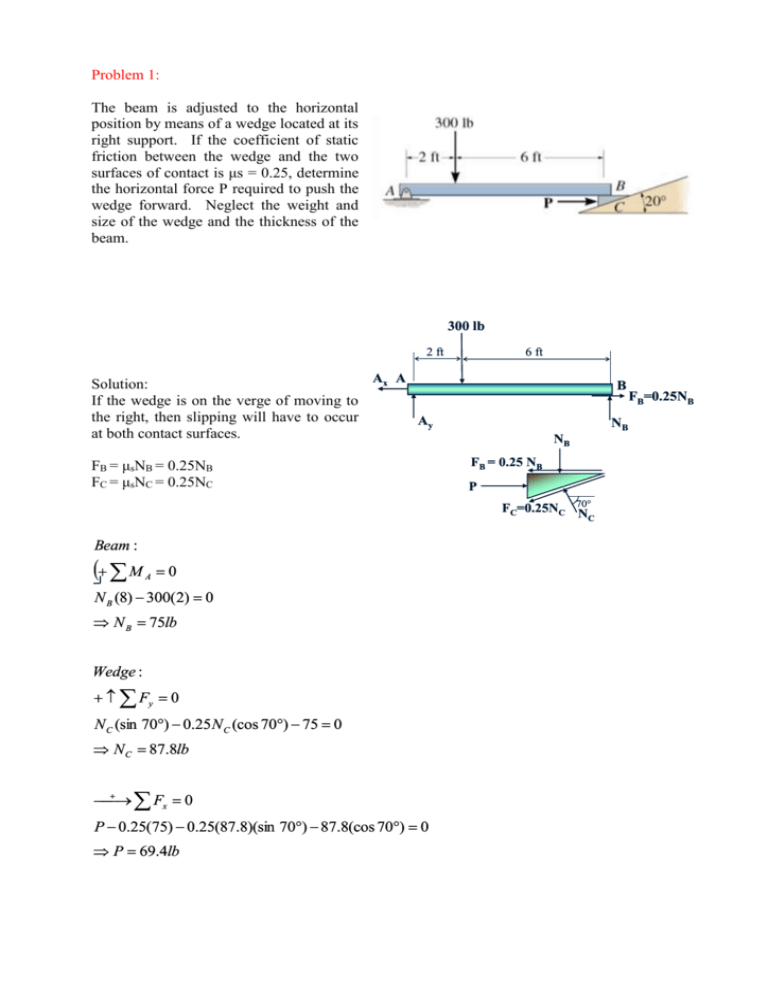
Problem 1: The beam is adjusted to the horizontal position by means of a wedge located at its right support. If the coefficient of static friction between the wedge and the two surfaces of contact is μs = 0.25, determine the horizontal force P required to push the wedge forward. Neglect the weight and size of the wedge and the thickness of the beam. 300 lb 6 ft 2 ft Ax A Solution: If the wedge is on the verge of moving to the right, then slipping will have to occur Ay at both contact surfaces. FB = μsNB = 0.25NB FC = μsNC = 0.25NC B NB NB FB = 0.25 NB P FC=0.25NC 70 NC Beam : M A 0 N B (8) 300(2) 0 N B 75lb Wedge : Fy 0 N C (sin 70) 0.25 N C (cos 70) 75 0 N C 87.8lb Fx 0 P 0.25(75) 0.25(87.8)(sin 70) 87.8(cos 70) 0 P 69.4lb FB=0.25NB Problem 2: If the beam AD is loaded as shown, determine the horizontal force P which must be applied to the wedge in order to remove it from under the beam. The coefficients of static friction at the wedge’s top and bottom surfaces are μC-A = 0.25 and μC-B = 0.35, respectively. If P=0, is the wedge self-locking? Neglect the weight and size of the wedge and the thickness of the beam. Solution: The equivalent force for triangular distributed force is (1/2)(4)(3)=6 Dx and also for the uniform one (4)(4)=16 If the wedge is on the verge of moving to the right, then slipping will have to occur at both contact surfaces. FA = μC-ANA = 0.25NA FB = μC-BNB = 0.35NB (4)(4) = 16 kN (1/2)(4)(3) = 6 kN FA= 0.25NA 10 Dy 2m 2m 3m NA NA 80 FA= 0.25NA P FB = 0.35 NB NB Beam : M D 0 N A cos 10(7) 0.25 N A sin 10(7) (6)( 2) 16(5) 0 N A 12.78kN Wedge : Fy 0 N B 12.78(sin 80) 0.25(12.78)(sin 10) 0 N B 13.14kN Fx 0 P (12.78)(cos 80) 0.25(12.78)(cos 10) 0.35(13.14) 0 P 5.53kN Since a force P = 5.53 kN > 0 is required to pull out the wedge, the wedge will be self-locking when P = 0.
